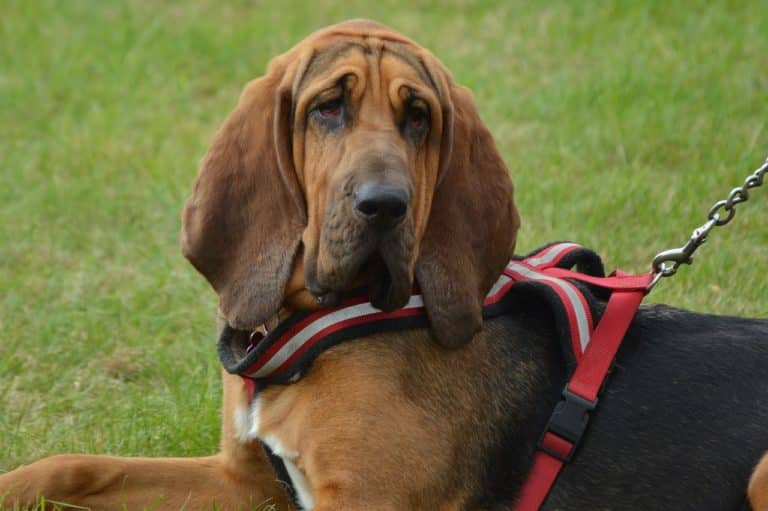Many of us pet owners consider our pets to be a part of our families. And of course, it is only natural for us to give our pets a name. But do you ever wonder if your dog really knows what its name is? Whether it’s Bella, Max, Charlie or Snoopy – is this just another word to them?
How intelligent are dogs?
According to Stanley Coren, a leading canine researcher from the University of British Columbia, dogs have the intelligence of a 2 to 2.5 year-old child. They can also understand more than 150 words. In fact, there is a famous border collie named Chaser who has been trained to recognize the names of more than 1000 toys! Additionally, dogs may also have the ability to copy their owners’ actions! While they may not be as smart as humans, they are intelligent animals.
So do dogs know their names?
Dogs are smarter than what we give them credit for – but unfortunately, it’s unlikely your dog knows its own name. Instead, it is likely to have been conditioned or ‘trained’ to recognize the word that is its name and respond to it. For example, every time you call out your dog’s name, such as “Max!” and give your dog belly rubs and attention when it comes to you, you are actually training your dog. You may not realize it, but you are conditioning your dog with positive reinforcement – i.e. you are rewarding a desired behavior.
How dogs learn commands
Some of the methods to teach dogs commands include positive reinforcement, positive punishment, negative reinforcement and negative punishment (grouped together under the umbrella term of ‘operant conditioning’). They can be summarized as below:
- Positive reinforcement occurs when you reward your dog (e.g. with a treat or belly rub) when your dog exhibits desired behaviors (such as following a command). You are reinforcing a good behavior by adding something pleasant.
- Negative reinforcement occurs when you remove something unpleasant (e.g. removing the tension on a dog leash) when your dog exhibits desired behaviors (e.g. when the dog stays close to you). You are reinforcing a good behavior by removing something unpleasant.
- Positive punishment is adding something unpleasant (e.g. a raised voice, or slap on the bottom) when your dog exhibits undesirable behaviors (e.g. stealing food). You are punishing a bad behavior by adding something unpleasant.
- Negative punishment is removing something pleasant (such as hiding a treat, or removing attention to your dog) when your dog exhibits bad behaviors (e.g. jumping on you). You are punishing a bad behavior by removing something pleasant.
Dogs will be conditioned to follow commands and exhibit or avoid certain behaviors from the above. Many trainers recommend using positive reinforcement as it is one of the most effective ways to train dogs.
How Do Dogs Know Their Names?
While dogs don’t technically understand that their name refers to themselves as a being, they can learn to respond to a word that is their name. Over time, they can recognize the word “Max” to mean belly rubs, attention and treats. You can use positive reinforcement to train your dog to come to you whenever you call out its name.




